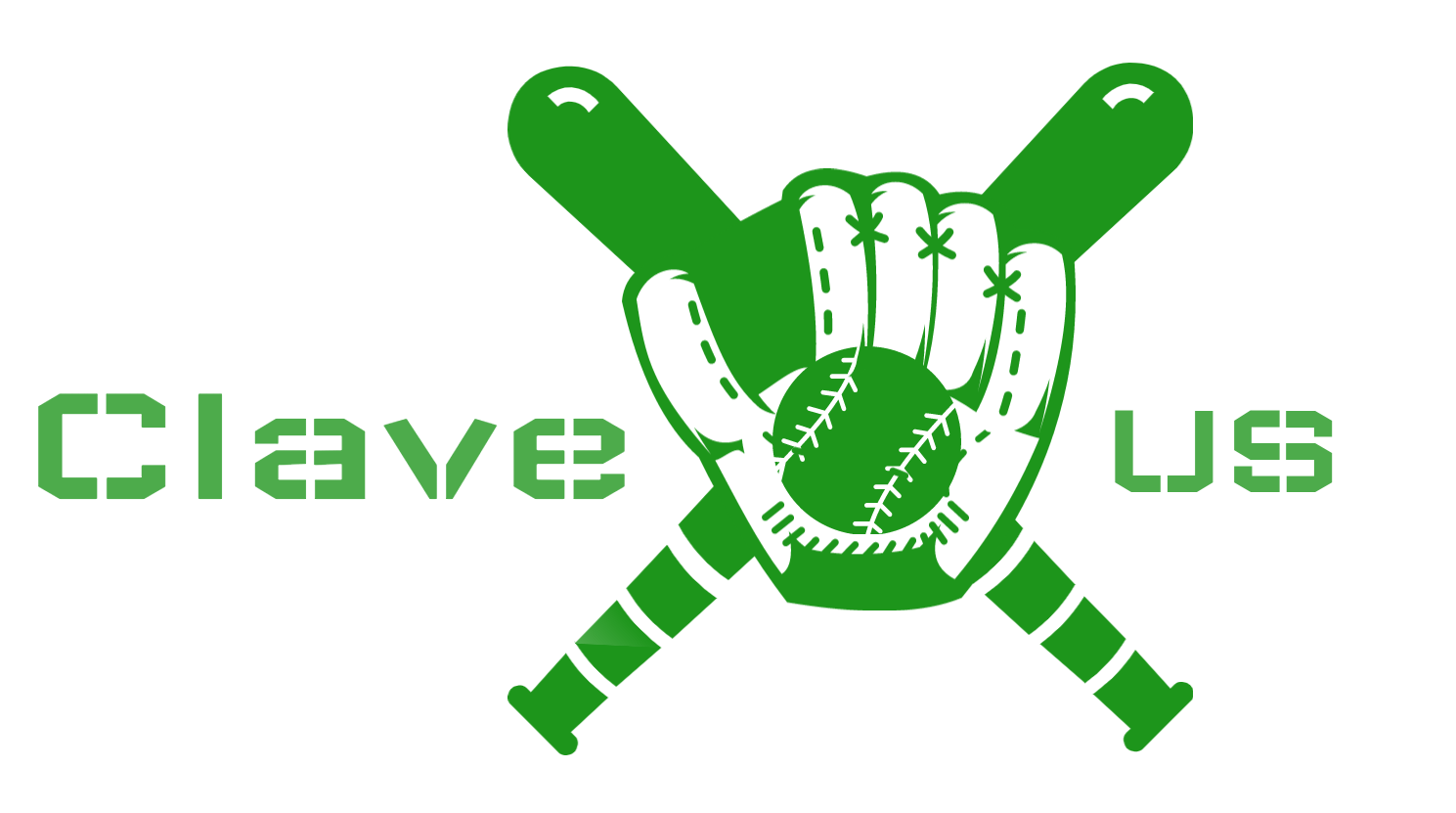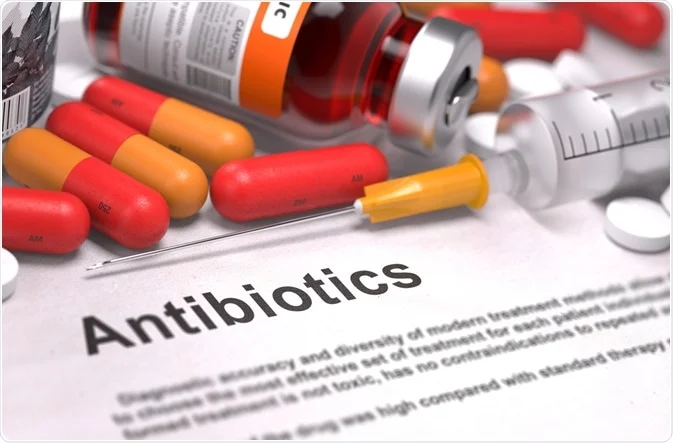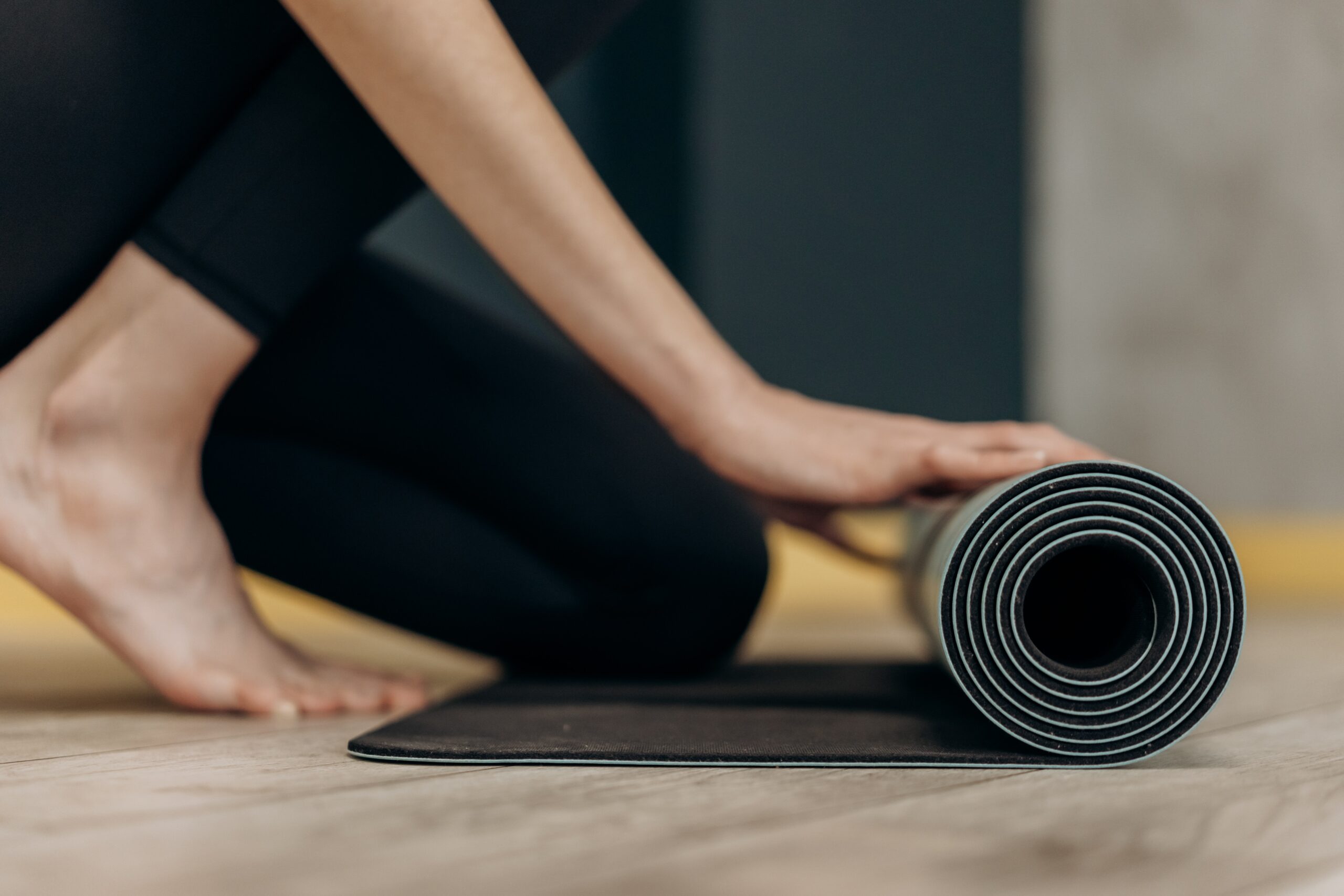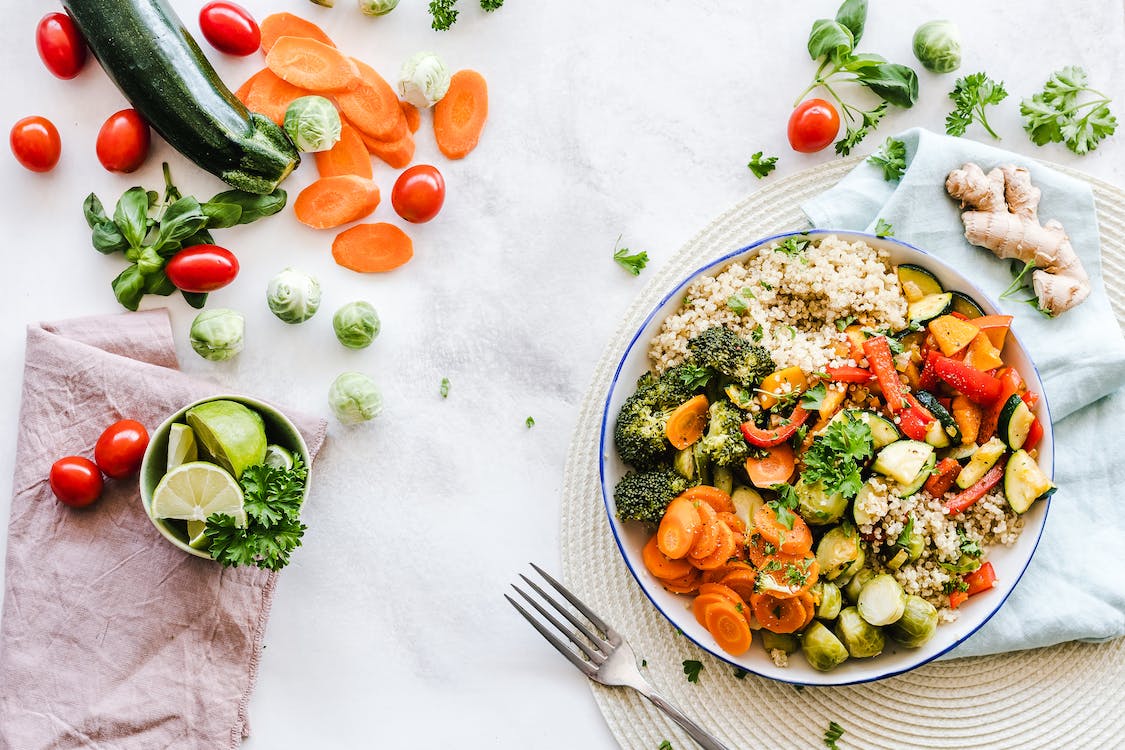What Are Antibiotic? And Can I Take Antibiotic without Food?
Antibiotics are one of the most common medications prescribed to treat bacterial infections. But what exactly is an antibiotic, and how does it work? and can we take antibiotics without food. In this blog post, we’ll explore the basics of antibiotics, their uses and potential side effects, as well as whether or can i take antibiotics without food. Understanding the role of antibiotics in your health can help you make informed decisions about when and how to use them. So keep reading to find out more. Antibiotics are powerful drugs used to fight bacterial infections.
But, before you take any antibiotics, it’s important to understand what they are, how they work, and the possible side effects associated with them. In this article, we’ll provide an overview of antibiotic use, discuss the potential risks and benefits, and answer common questions such as “Can I take antibiotics without food?” Read on for all the information you need to know about antibiotics. Antibiotics are among the most heavily used drugs in the world. They are lifesaving treatments for infections, but can also have serious side effects if not taken as directed.
This article will discuss what antibiotics are, their various uses, potential side effects and answer the burning question – can I take antibiotics without food? We’ll look at the different types of antibiotics available and how they work to fight bacterial infections, so you can make an informed decision when faced with care options.
What is an antibiotic?
An antibiotic is a medication used to treat infections caused by bacteria. Antibiotics can be taken orally, injected, or applied topically. Common side effects of antibiotics include nausea, vomiting, diarrhoea, and rashes. Antibiotics should be taken with food to reduce the risk of side effects. What are antibiotic?
An antibiotic is a medication that helps fight bacteria in the body. Antibiotics are used to treat infections caused by bacteria. They work by killing the bacteria or preventing them from multiplying. Antibiotics are usually taken by mouth in the form of pills, liquids, or shots. Some antibiotics can also be given through an IV.
There are many different types of antibiotics available. They include:
-Penicillin
-Aminoglycosides
-Tetracycline
-Macrolides
-Cephalosporins
-Fluoroquinolones
-Carbapenems
It’s uses
Antibiotics are drugs that fight bacteria in our bodies. They are used to treat infections caused by bacteria. Antibiotics can be taken by mouth, through an IV, or applied to the skin. Some common antibiotics include:
-Penicillin
-Ampicillin
-Erythromycin
-Tetracycline
Antibiotics work by killing the bacteria or preventing them from growing. They do this by targeting different parts of the bacteria cell. For example, some antibiotics target the bacterial cell wall, while others target the proteins that the bacteria need to grow.
Can I take antibiotics without food? You should take antibiotics exactly as prescribed by your doctor. This means that you will need to take them for the entire course of treatment, even if you feel better after a few days. Stopping antibiotics early can cause the infection to come back and may make the bacteria resistant to the antibiotic in the future.
You should also avoid alcohol while taking antibiotics, as it can increase the risk of side effects. Common side effects of antibiotics include:
-Nausea and vomiting
-Diarrhoea
-Rash or itching
Serious side effects are rare, but can include:
-Allergic reactions (swelling of the face, lips, tongue, or throat; difficulty breathing; hives)
-Colostrum difficult colitis (a potentially life-threatening condition caused by infection with C.
Can I take antibiotics without food? How do antibiotics work?
Antibiotics are drugs that fight bacteria in your body. They work by killing the bacteria or preventing them from reproducing. Antibiotics are usually taken by mouth in the form of pills, capsules, or liquids. However, some antibiotics can also be given as injections.
Can I take antibiotics without food? Most antibiotics need to be taken with food or milk to reduce stomach upset. However, there are a few antibiotics that can be taken on an empty stomach. Be sure to take the antibiotic exactly as prescribed by your doctor. Do not skip doses and do not stop taking the antibiotic even if you feel better. If you stop taking the antibiotic too soon, the bacteria may start to multiply again and you may get sick again.
What are the different types of antibiotics?
-Penicillin: Penicillin was the first antibiotic that was discovered. It is derived from a mild called Penicillin. Penicillin is effective against Gram-positive bacteria.
-Cephalosporin: Cephalosporin is a class of antibiotics that are derived from a fungus called Phallocentrism. They are effective against Gram-positive and Gram-negative bacteria.
-Tetracycline: Tetracycline is a class of antibiotics that are derived from Streptomycin bacteria. They are effective against a wide range of bacteria,however, including Gram-positive and Gram-negative bacteria.
-Aminoglycoside: Aminoglycoside is a class of antibiotics that are derived from Streptomycin bacteria. They are effective against Gram-negative bacteria.
-Macrolide: Macrolide is a class of antibiotics that are derived from Saccharopolyspora bacteria. They are effective against Gram-positive bacteria.
Can I take antibiotics without food? When should I take antibiotics?
The use of antibiotics is one of the most important tools in modern medicine. They are used to treat bacterial infections by killing the bacteria or stopping their growth. However, antibiotics can also cause side effects, such as diarrhoea, nausea, and allergic reactions.
When deciding whether or not to take antibiotics,Although it is important to consider the potential benefits and risks. In general, antibiotics should be used only when they are likely to be effective and when the potential benefits outweigh the risks.
Are there any side effects of taking antibiotics?
There are a few potential side effects of taking antibiotics, especially if they are taken for an extended period of time. These side effects can include:
-Diarrhoea
-Nausea and vomiting
-Abdominal pain
-Rash
-Headache
-Dizziness
If you experience any of these side effects while taking antibiotics,however, be sure to contact your doctor.
Can I take antibiotics without food?
Yes, you can take antibiotics without food. However, it is always best to take them with a meal or snack to prevent stomach upset. Antibiotics can cause nausea and vomiting, so it is important to make sure you are well-hydrated and have eaten before taking them.
Side effects
One of the most common side effects of antibiotics is diarrhoea. Diarrhoea happens when the good bacteria in your intestines are killed along with the bad bacteria. Good bacteria help keep your intestines healthy and help you absorb nutrients from food. Without good bacteria, you can develop intestinal problems like diarrhoea, cramping, and bloating.
Conclusion
Antibiotics are powerful medications that can help to treat a wide range of bacterial infections. While they come with their own set of side effects, the benefits often outweigh the risks when taken correctly and in accordance with your doctor’s instructions. In some cases, antibiotics may be advised without food, but it is important to always follow your doctor’s orders or instructions given by the pharmacist on how and when to take them for maximum effectiveness and safety.




